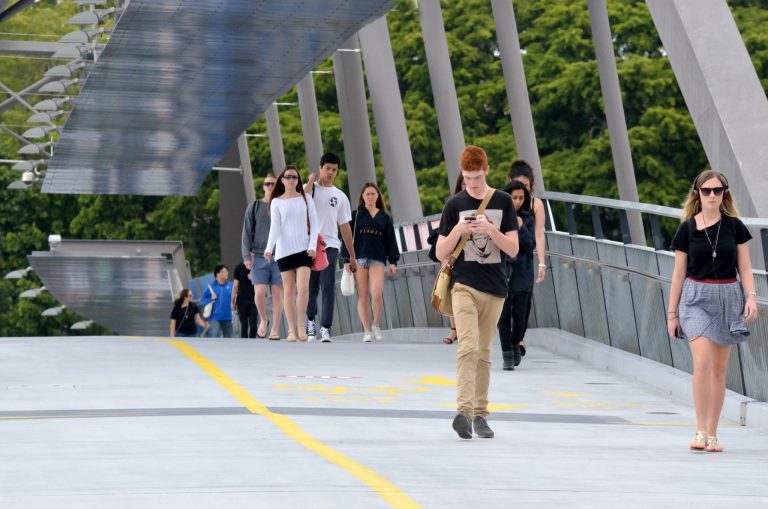
The latest data from the Australian Bureau of Statistics (ABS) has shown that exports from the region’s international education services sector has reached a record high of AUS$18.8 billion.
This year alone, international education activity arising from nearly half a million international students choosing live and study in Australia has contributed AUS$18.2 billion to the country’s economy. This figure is a 14.5 percent increase on figures from financial year 2013-14 (AUS$15.9 billion), and up 6.7 percent on calendar year 2014 (AUS$17.0 billion).
These figures affirm that international education remains Australia’s largest export, and according to Senator Richard Colbeck, the country’s Minister for Tourism and International Education, it is Australia’s third-largest export after iron ore, worth AUS$54.5 billion, and coal, which is valued at AUS$37.9 billion.

Via Australian Bureau of Statistics.
He says: “Education services exports for 2014-15 increased by 15 percent on the 2013-14 figure, which shows our booming international education sector continues to go from strength to strength.
“International education is also a major generator of jobs, with the sector supporting over 130,000 jobs in cities and regions throughout Australia,” says Colbeck. “The government is determined to ensure the international education sector continues to be one of the major strengths of the Australian economy.”
The total export income generated by all international education activity was just short of AUS$19 billion. This comprised spending by onshore students, as well as offshore earnings from other educational services and royalties which generated an additional AUS$603 million.
Many have started to question whether the rising number of international students choosing to study in Australia comes as a result of tighter visa regulations in desirable study locations such as the UK and USA.
Via Australian Bureau of Statistics.
International students within the sector generated AUS$12.5 billion in export income, while students in the vocational education and training sector produced AUS$2.9 billion.
Senator Colbeck also notes how the sector has allowed the government to form form strategic business and research networks between Australia and the world’s key trading partners.
“At the Indonesia-Australia business week in Jakarta I’ve been discussing with my Indonesian counterparts and education representatives how we can build our international education partnership which will grow our economies and support the development of our workforces- as these figures today prove,” he said.

Via Australian Bureau of Statistics.
Universities Australia’s Deputy Chief Executive, Anne Marie Lansdown, claims that partnerships with other global institutions will strengthen their students’ intercultural knowledge, create valuable networks between citizens and improve accessibility to crucial research regarding things like health and agricultural difficulties.
“By forging closer ties between the next generations of Australian and Indonesian scholars, researchers, industries and executives, we lay foundations for even closer diplomatic, economic and trade relationships between our two nations,” says Lansdown. “Indonesia is such an important neighbour and regional partner for Australia.”
With the tensions surrounding immigration consuming the world while Australia plans to innovate and develop its international education sector, it seems the country’s reputation as a top global study destination will only continue to grow.
Image via Shutterstock.








